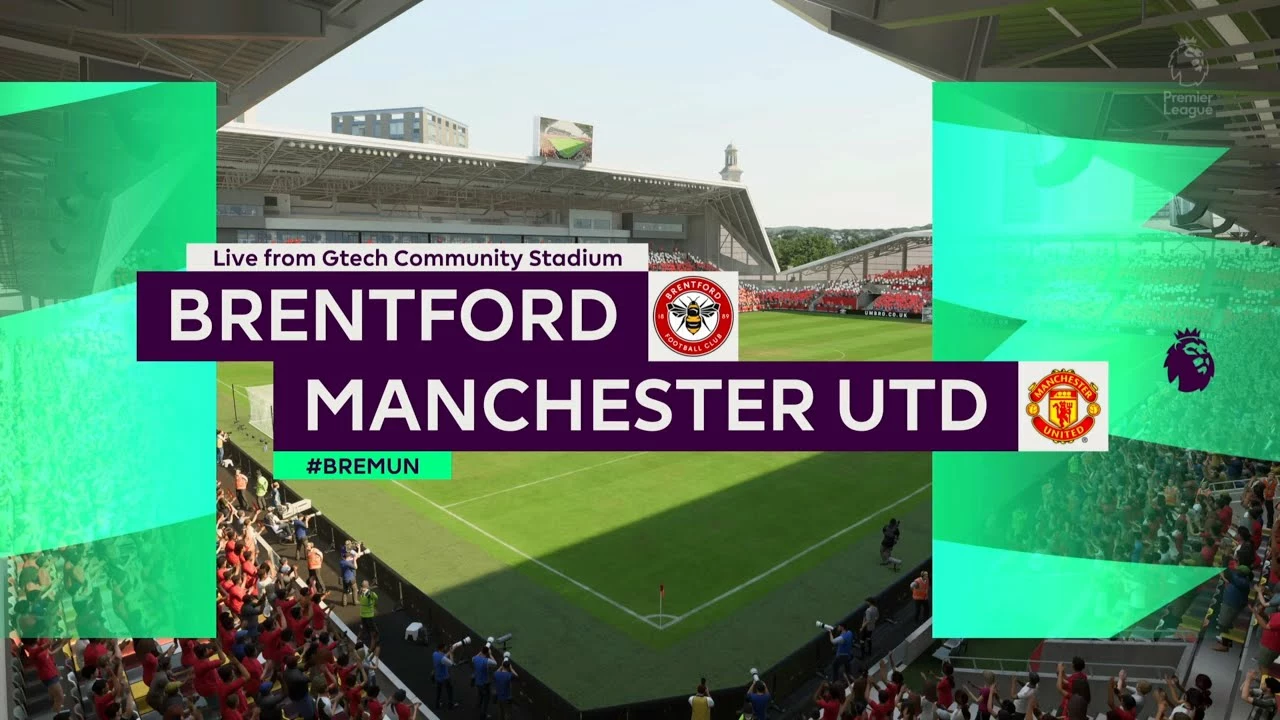
Initial Setup and Environment Creation
As I begin this tutorial, I remember how I was once an eager enthusiast like you, fascinated by FIFA and eager to create a football game of my own in Unity. So, following my own curiosity, that’s precisely what I did, and in doing so cooked up a storm of experiences – strikes, goals, excitement and a fair share of challenges. Playing football with my mates over the weekends in Perth provided an inspiration that was translated into a unique gaming experience. A common remark is that 'reality transcends the game', and I wholeheartedly agree. Each dribble, each pass, each strike had a story to it, and with Unity, it was time to bring those stories to the virtual world. The first step in creating any game is coming up with an initial setup and environment creation. This process involves setting up a project in Unity, defining your game’s environment and configuring your settings. In Unity, you will adjust your rendering settings, physics settings, and input managers to fit your game's needs. Creating the football field and the stadium is an engaging process, and you can enhance its looks by adding various graphical elements according to your preferences.
Development of Player Characters
Making a football game means creating memorable player characters. This is a very personal and dynamic process. During my journey, I wanted to include my mates from our weekend football games into the virtual field. Oh, how they laughed when I told them about it! “Oh, Cason’s up to his techie antics again” was a common reaction!
Nonetheless, I was undeterred. Starting with importing a character model, I outfitted them with the necessary animations. You can animate players in numerous ways in Unity, such as designing running and kicking animations. Player statistics are crucial too, they can be customised to define player skills and stamina. Adding a personal touch means creating features like shorter sprint times for fast players, or a great kicking power for a terrific striker, just like my mate Tom, who can send the ball flying into the goal from the halfway line!
Implementing Game Mechanics
After an intense session of creating characters, kick back and relax, because it’s time to dive into the thrilling world of game mechanics. This is where your players come to life. Remember the golden rule, simplicity is the ultimate sophistication. Coding the player movements, ball physics, and AI of the opponent team will form the backbone of your game mechanics. It's a challenging yet rewarding phase, as your players begin to move, pass, and score goals. Gosh, the first time I saw my virtual team in action, I felt like a proud coach watching his team for the first time!
Adding Visual Effects and Background Sounds
Now let's move on to the exciting bit where we add the spice to our game creation stew - visual effects and sound. Adding fog, lighting, shadows, and even lens flares can create a vibrant and realistic football environment. The audience roar as the ball hits the net, the referee's whistle, or the screams of players, every sound contributes to the overall gaming experience. It's truly fascinating how the amalgamation of visual and auditory cues can breathe life into your game. The first time I added the crowd’s roar I must admit, I gave myself a pat on the back. It literally felt like I was in the center of the field!
Polishing and Debugging
Finally, once your game starts to take shape, the next task is polishing and debugging. This phase involves examining your game for any flaws or bugs and fixing them. It can be a bit tedious, but it's essential to ensure that your game runs perfectly. And honestly, it’s a part of the process. One of my friends once told me, "Cason, you're like a goldsmith, always polishing and refining!" That’s true indeed, constant refinement is the hallmark of a good game developer, and Unity provides ample tools to make this process smooth. Creating a game is a labour of love, a journey, a story in itself. I hope you found this article helpful, and I can't wait for you to embark on your journey. Remember, it's all about the process, enjoy every moment, learn from every setback and celebrate every goal!